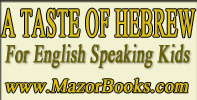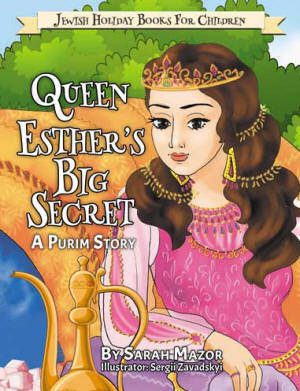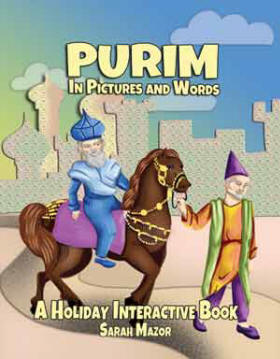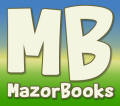 |

Today is:
|
 |
 |
|
|
rosh hashana, yom kippur, sukkot, simchat torah, shmini atzeret,chanukah,hanukkah,purim,pesach,passover,shavuot, lag ba'omer,tisha b'av |
|
|
|
Food and Purim
Click Here for More Holiday Articles

Click on Images to Purchase

=====

Chanukah Menorah |
Purim food?
Like with all Jewish Holidays, food is involved with the
celebration of Purim. Of course, there is Mishloach
Manot - the exchanging gifts of goodies with relatives,
friends, and neighbors - but not to be out done, a Purim "Seuda,"
a festive meal, is part of the day's celebration.
The Purim Seuda often contains
the specialty dish traditionally associated with the
holiday, the Kreplach, triangular shaped wontons, eaten as a
separate dish or served in soup, reminding us of Haman's
tri-cornered hat. Kreplach are customarily served in
holiday meals whenever a "beating" takes place: Thus, it is
traditional to include Kreplach during three specific
festive meals each year. Before Yom Kippur, as it once
was common for men have themselves flogged, on Hoshanah
Rabbah when the we beat willow branches, and on Purim when
Haman is beaten.
In addition to the Kreplach,
some serve longer than usual braided Challah, known as
keylitsh or kulich (Russian). The braid on the
challah
are a reminder of the long rope on which Haman was hanged.
Some folks include a Turkey dish
("Hodu" in Hebrew), commemorating Ahsuerus's reign from
India ("Hodu") to Ethiopia; the turkey is also symbolic of
the king's foolishness.
Desert, of course, is
highlighted by the Hamentashen (Yiddish for Haman's
pockets), the three cornered filled cookie. In Israel,
the hamantashen are referred to as "Oznei Haman" - the ears
of Haman.
Click here for a Hamantashen
Recipe

Mazor Guide for Purim brings you much more about the holiday, its
meaning and its traditions... See the links below.
 |
"Purim in Words and Pictures" recounts in detail
the extraordinary story of the miraculous reversal of fortune of
Persian Jewry in the days of Xerxes I, the emperor who is more
widely known as King Achashverosh. The story begins with King
Achashverosh’s grandiose party and ends with Mordechai’s appointment
as the Persian king’s top minister. The complicated story involves a
beauty contest, servants conspiring to kill the king, and an evil
plot by an evil man to eliminate the Jewish people. This informative
coloring book, which is based on the text of Megillat Esther (the
Scroll of Esther), also includes an overview of the main customs
and traditions associated with the celebration of the holiday.
Recommended for children between the ages of 6-11. Enjoy!
Click
Here to Purchase! |
|
|












